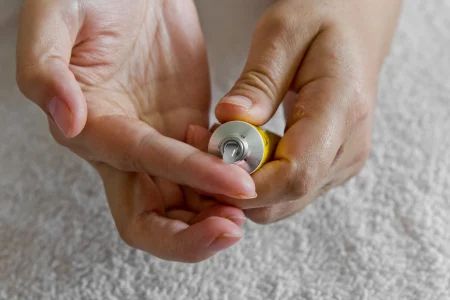Introduction:
Pityriasis rosea is a common skin condition that causes a temporary rash on the body. It's characterized by its unique appearance, often resembling a Christmas tree on the back, hence the nickname "Christmas tree rash." While it can be itchy and unsightly, pityriasis rosea is harmless and usually clears up on its own within a few weeks. This article will delve into the causes, symptoms, and treatment options for pityriasis rosea.

Although the exact cause of pityriasis rosea is unknown, it's believed to be triggered by a viral infection, possibly a type of herpesvirus. It's not contagious and doesn't typically cause any serious health problems.
Symptoms of Pityriasis Rosea:
The hallmark of pityriasis rosea is a distinctive rash that progresses through stages. It often begins with a single, large, scaly patch called the "herald patch." This patch is typically oval-shaped and pink or reddish in color. Over the next few days or weeks, smaller patches appear on the back, chest, and abdomen. These smaller patches often follow the rib lines, creating the characteristic "Christmas tree" pattern.
The rash itself can be itchy, but it's usually not painful. Some individuals may experience mild flu-like symptoms such as fatigue, headache, and sore throat before the rash appears.
Treatment Options:
Most cases of pityriasis rosea resolve on their own within 6-8 weeks without any specific treatment. However, certain treatments can help alleviate symptoms and speed up the healing process.
- Over-the-counter remedies: Anti-itch creams and lotions containing hydrocortisone or calamine can provide relief from itching. Oral antihistamines like diphenhydramine (Benadryl) can also be helpful.
- Prescription medications: In more severe cases, your doctor may prescribe stronger anti-inflammatory medications or antiviral medications.
- Light therapy: Exposure to ultraviolet (UV) light can sometimes accelerate the disappearance of the rash.
Living with Pityriasis Rosea:
While pityriasis rosea is a temporary condition, the rash can be uncomfortable and aesthetically displeasing. Here are some tips for managing the condition while you wait for it to clear up:
- Keep the affected area clean and dry.
- Avoid scratching the rash, as this can irritate the skin and increase the risk of infection.
- Wear loose-fitting, breathable clothing to avoid further irritation.
- Take lukewarm baths or showers.
- Use a mild, fragrance-free soap.
- Apply moisturizer to the affected areas to soothe dry skin.
If you suspect you may have pityriasis rosea, it's important to consult a dermatologist for an accurate diagnosis and to discuss the best treatment options for your individual case.





